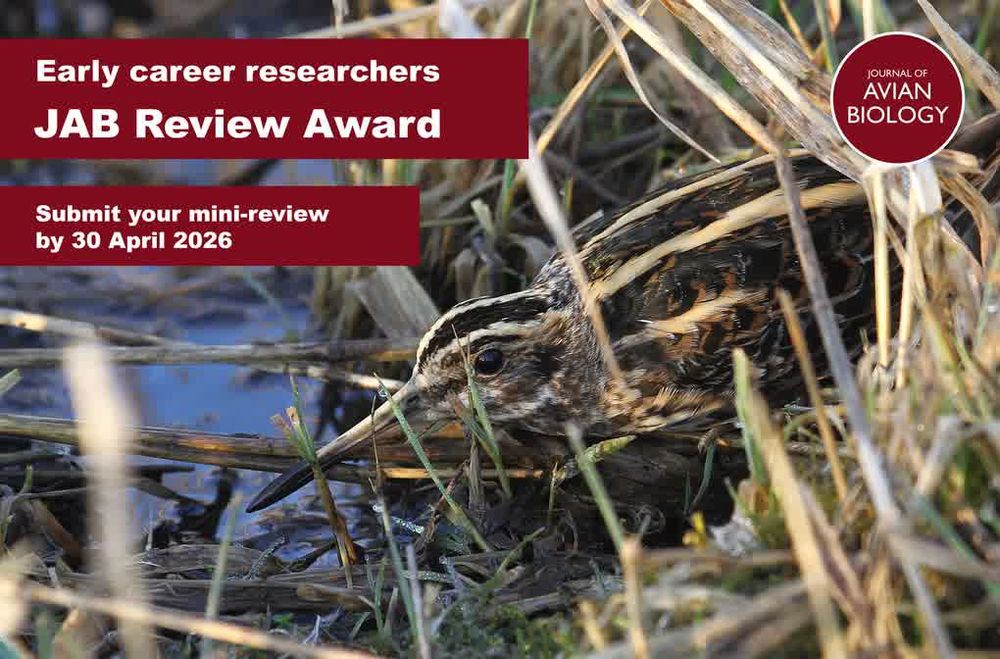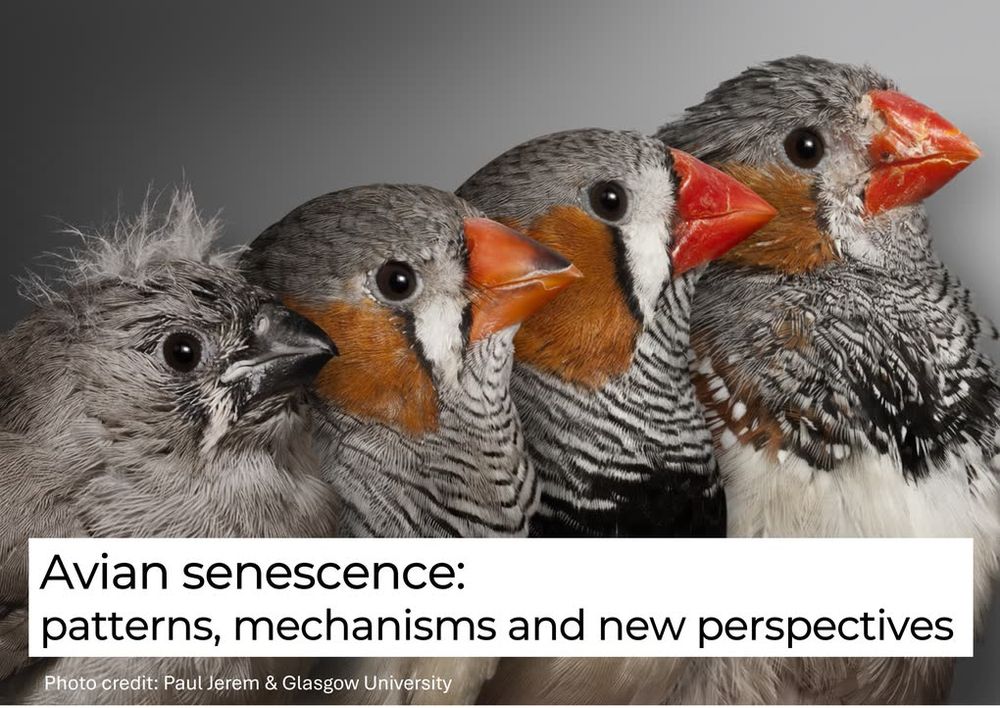Journal of Avian Biology
@avianbiology.bsky.social
3.5K followers
42 following
240 posts
Open access outlet for innovative, hypothesis-driven research on the biology of birds, with a particular emphasis on ecological, evolutionary and behavioural studies. Nordic Society Oikos journal advocating fair, openly accessible and reproducible research
Posts
Media
Videos
Starter Packs
Pinned
Reposted by Journal of Avian Biology
Reposted by Journal of Avian Biology
Reposted by Journal of Avian Biology
Reposted by Journal of Avian Biology
Reposted by Journal of Avian Biology
Reposted by Journal of Avian Biology
Reposted by Journal of Avian Biology







![Fig. 1 from the article: Observed nest masses [g] for three tit species, ordered by ascending mean species weights, as indicated by the values below the species names.](https://cdn.bsky.app/img/feed_thumbnail/plain/did:plc:qo6qza5jvlmx3a5p5dplxwhs/bafkreidjxadwbxv3ustl33v5rpsksujbl2uzigqlz2p7algbodxflww63i@jpeg)































